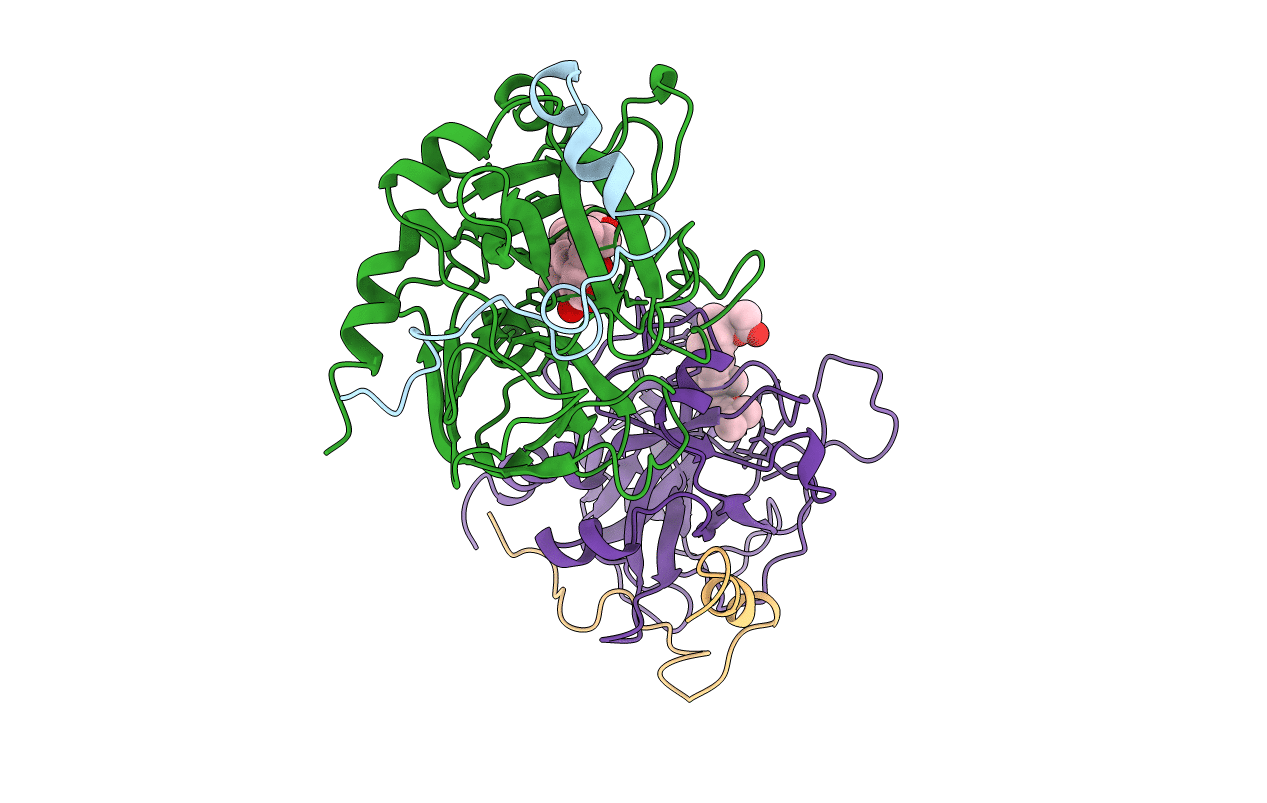
Deposition Date
1997-10-02
Release Date
1998-10-28
Last Version Date
2024-10-23
Entry Detail
PDB ID:
1AWH
Keywords:
Title:
NOVEL COVALENT THROMBIN INHIBITOR FROM PLANT EXTRACT
Biological Source:
Source Organism:
Homo sapiens (Taxon ID: 9606)
Method Details:
Experimental Method:
Resolution:
3.00 Å
R-Value Work:
0.20
R-Value Observed:
0.20
Space Group:
P 21 21 21


